Welwitschia Mirabilis Super rare plant seed pack of 1 Seeds
₹650.00
In stock
Welwitschia mirabilis is a unique and ancient plant native to the Namib Desert in Namibia. Growing Welwitschia mirabilis from seed can be challenging due to its specific habitat requirements, slow growth rate, and specialized adaptation to its arid environment. Here’s a basic guide, though cultivating this plant is not typical for home gardeners:
1. Seed Collection:
- If you have access to Welwitschia mirabilis seeds, collect them from mature plants. Seeds are usually found in the cones of female plants.
2. Seed Treatment:
- Welwitschia mirabilis seeds have a hard coat, and scarification (making a small nick in the seed coat) may help improve germination. Soak the seeds in warm water for 24 hours before planting.
3. Growing Medium:
- Use a well-draining, sandy soil mix. The soil should mimic the well-drained conditions of the Namib Desert.
4. Planting:
- Plant the Welwitschia mirabilis seeds at a shallow depth in the soil. The depth should be such that the seed is still visible after planting. Planting can be done in pots or directly in the ground.
5. Watering:
- Water the seeds sparingly. Welwitschia mirabilis is adapted to arid conditions and excessive moisture can lead to rot. Allow the soil to dry out between waterings.
6. Light:
- Provide full sunlight. Welwitschia mirabilis is adapted to intense sunlight in its natural habitat.
7. Temperature:
- Keep the plants in warm conditions, as they are adapted to a desert climate. A temperature range of 65°F to 85°F (18°C to 29°C) is suitable.
8. Patience:
- Growing Welwitschia mirabilis from seed requires patience. Germination can be slow and may take several weeks to months.
9. Transplanting:
- Once the Welwitschia mirabilis plants have reached a suitable size, they can be transplanted into their permanent location. This should be done carefully to avoid damaging the sensitive root system.
10. Adaptation:
- It’s crucial to recognize that Welwitschia mirabilis is a plant adapted to extremely harsh conditions. Its unique structure, including its broad, strap-like leaves, is an adaptation to the arid environment of the Namib Desert.
Be the first to review “Welwitschia Mirabilis Super rare plant seed pack of 1 Seeds” Cancel reply
You must be logged in to post a review.
Related products
cactus and succulent seeds
Thelocactus Hexaedrophorus Seeds rare Cactus Seeds Pack of 20 seeds
cactus and succulent seeds
cactus and succulent seeds
Astrophytum Asteria Superkabuto Seeds rare Cactus Seeds Pack of 10 seeds
cactus and succulent seeds
cactus and succulent seeds
cactus and succulent seeds

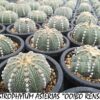

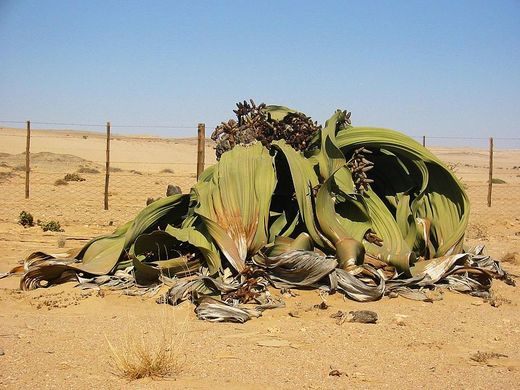
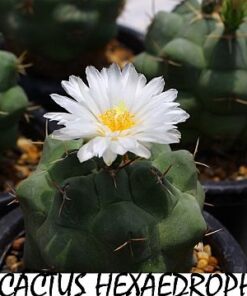
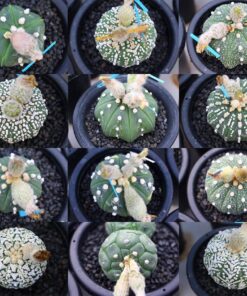
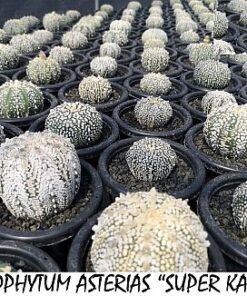
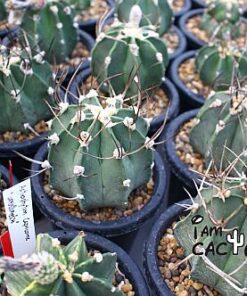
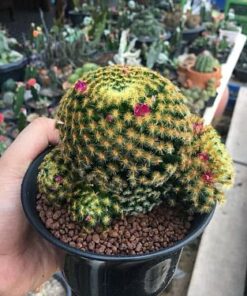
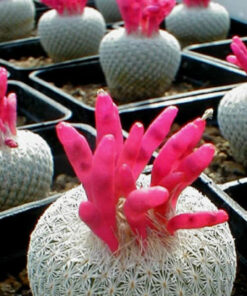

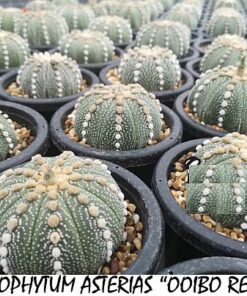
Reviews
There are no reviews yet.